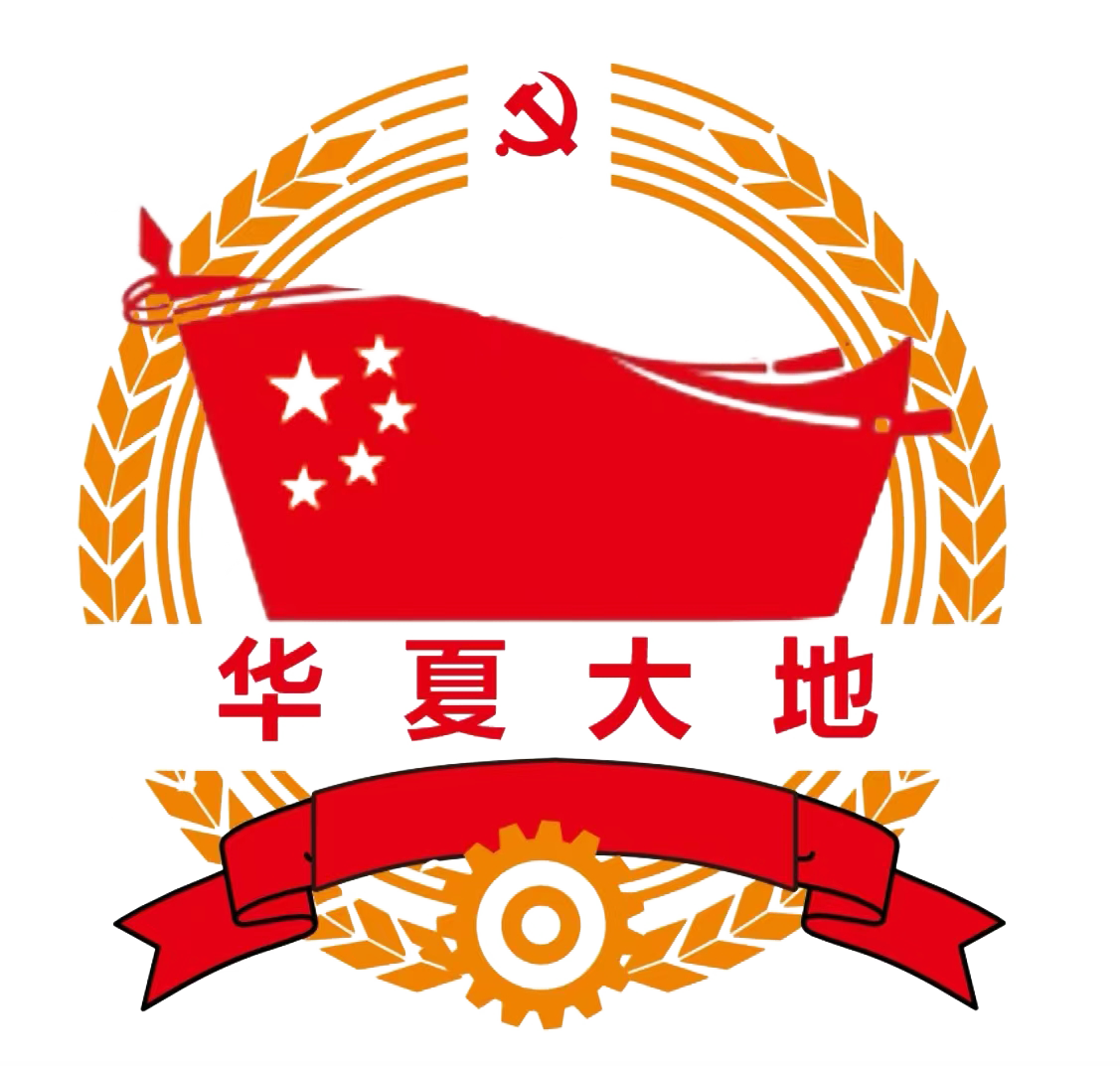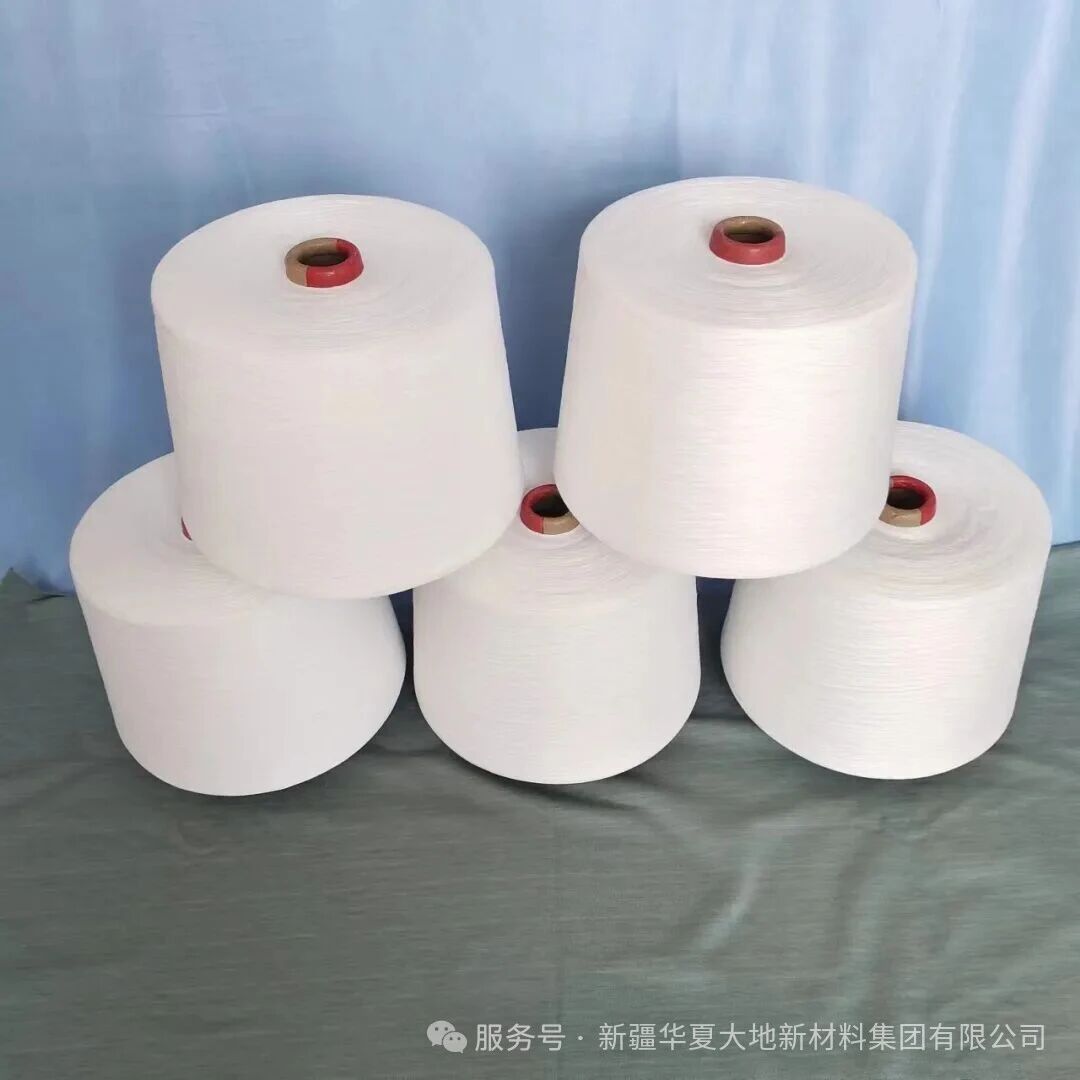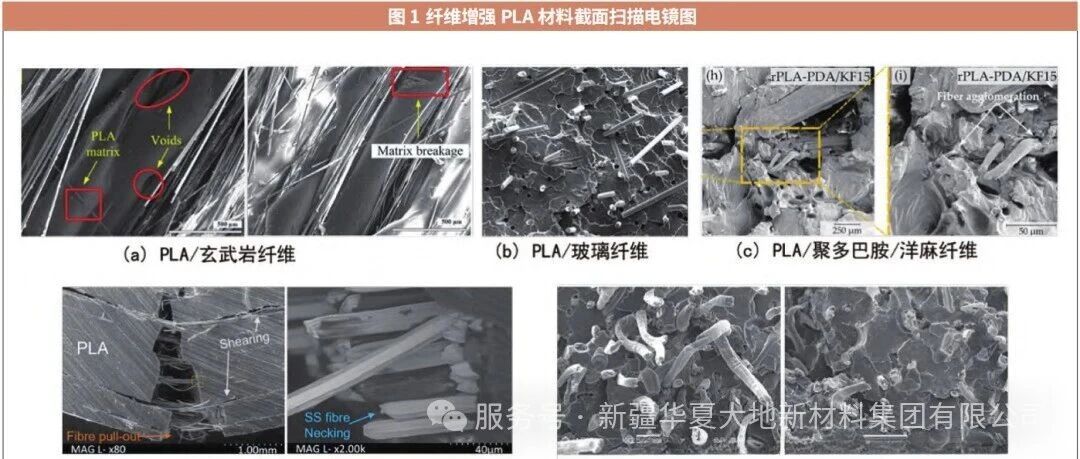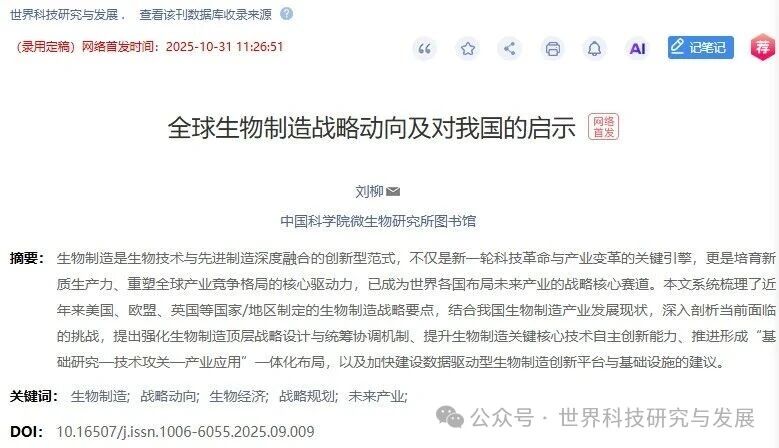In recent years, bio-based synthetic fiber materials have gradually become an important part of the textile and materials industry due to their environmental friendliness and potential for sustainable development. Bio-based synthetic fibers are produced from renewable biomass resources (such as corn, sugarcane, etc.) through biological and chemical processes, and mainly include polylactic acid fibers (PLA), bio-based polyamide fibers (Bio-PA), bio-based polyethylene terephthalate fibers (Bio-PET), and bio-based elastic fibers. Poly(lactic acid) fibers are the most representative bio-based synthetic fibers, which are widely used in textiles, packaging, and medical textiles due to their excellent biodegradability; bio-based polyamide fibers are often used in clothing and industrial textiles because of their similar wear resistance and strength to traditional nylon; bio-based PET fibers are mainly produced by replacing traditional petrochemical-based ethylene glycol with plant-based ethylene glycol and are widely used in textile and packaging materials.
 According to the prediction of the OECD, within the next 10 years, at least 20% of global petrochemical products (approximately 800 billion US dollars) will be able to be replaced by bio-based products. Currently, the substitution rate is less than 5%, indicating a market gap of nearly 600 billion US dollars. With the enhancement of environmental awareness and technological progress, the market demand for bio-based polymers is constantly increasing. According to the statistics of European Plastics, in 2021, the global production capacity of bio-based polymers reached 2.417 million tons, with biodegradable and non-biodegradable polymers accounting for 1.553 million tons and 86.400 thousand tons respectively. The production of polylactic acid fibers has grown particularly significantly, reaching 280,000 tons in 2023, becoming the dominant force in the market and widely used in textiles, packaging, and disposable plastic substitutes. At the same time, the production of bio-based polyamide and bio-based PET fibers has also increased significantly, reaching 80,000 tons and 170,000 tons respectively in 2023, with particularly strong demand in high-performance textiles and automotive interior markets. Although production declined in 2020 due to the global pandemic, the market has recovered and grown since 2021, reaching a historical high in 2023.
According to the prediction of the OECD, within the next 10 years, at least 20% of global petrochemical products (approximately 800 billion US dollars) will be able to be replaced by bio-based products. Currently, the substitution rate is less than 5%, indicating a market gap of nearly 600 billion US dollars. With the enhancement of environmental awareness and technological progress, the market demand for bio-based polymers is constantly increasing. According to the statistics of European Plastics, in 2021, the global production capacity of bio-based polymers reached 2.417 million tons, with biodegradable and non-biodegradable polymers accounting for 1.553 million tons and 86.400 thousand tons respectively. The production of polylactic acid fibers has grown particularly significantly, reaching 280,000 tons in 2023, becoming the dominant force in the market and widely used in textiles, packaging, and disposable plastic substitutes. At the same time, the production of bio-based polyamide and bio-based PET fibers has also increased significantly, reaching 80,000 tons and 170,000 tons respectively in 2023, with particularly strong demand in high-performance textiles and automotive interior markets. Although production declined in 2020 due to the global pandemic, the market has recovered and grown since 2021, reaching a historical high in 2023.
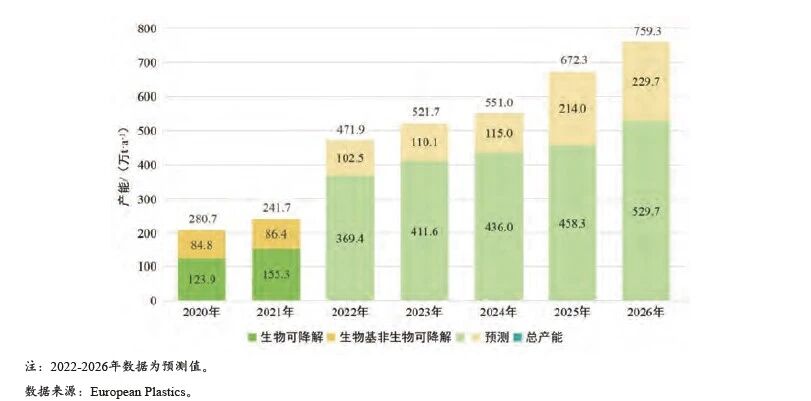 Global production capacity of biobased polymers from 2020 to 2026
Global production capacity of biobased polymers from 2020 to 2026
The forecast indicates that the production capacity of bio-based polymers will increase significantly over the next five years, and will show a diversified development trend. In terms of application areas, packaging remains the largest application field for bio-based polymers, accounting for 47.9% of the total production capacity. The next largest are daily necessities and textile sectors. With the increase in the production capacity of functional polymers, their applications in sub-sectors such as automotive and transportation, construction, electrical and electronic industries will also continue to grow.
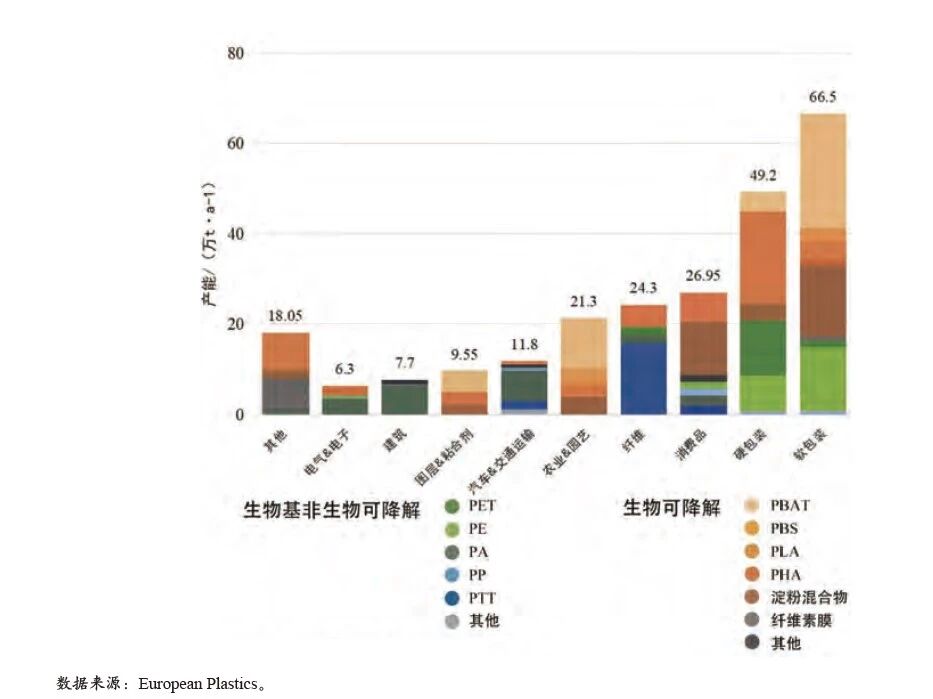 2021 Global Capacity Distribution of Biobased Polymers (by Application Field)
2021 Global Capacity Distribution of Biobased Polymers (by Application Field)
The production of bio-based synthetic fibers is mainly concentrated in the United States, China and European countries. The United States, as a pioneer in global bio-based synthetic fiber technology, has produced a large amount of PLA fibers, especially with NatureWorks holding a significant leading position in this field. From 2019 to 2023, the production of bio-based synthetic fibers in the United States increased from 100,000 tons to 160,000 tons. The demand for degradable packaging and sustainable textiles in the domestic market has driven the growth in consumption. China has demonstrated strong production capabilities in bio-based polyamide and polylactic acid fibers, with the output increasing from 150,000 tons in 2019 to 230,000 tons in 2023, mainly used in domestic textile and packaging markets. European countries, especially Germany and France, have strong competitiveness in the production of bio-based PET and polyamide fibers. The output increased from 80,000 tons to 110,000 tons between 2019 and 2023, with the consumption mainly concentrated in high-end clothing and industrial applications.
The main application areas of bio-based synthetic fibers cover various fields such as textiles, packaging, industry, and healthcare. In the textile and clothing sector, bio-based synthetic fibers, due to their environmental friendliness, comfort, and functionality, are widely used in sports wear, underwear, and eco-friendly fashion. In the packaging sector, polylactic acid fibers are widely used in degradable packaging materials and disposable tableware. In the industrial sector, bio-based polyamide and bio-based PET fibers are used in automotive interiors, seat covers, and industrial filter materials, meeting the requirements of lightweighting and environmental protection. Additionally, bio-based synthetic fibers have shown great potential in the medical field, especially polylactic acid fibers are used to manufacture medical textiles such as medical dressings and sutures. Although some bio-based polymers have achieved large-scale production or commercial applications, there are still many emerging materials in the research or pilot production stage. As shown in the figure below, the expected range of actual substitution rates for different types of bio-based polymers is from 20% to 100%, but achieving this goal faces challenges such as cost, production capacity utilization, and technological maturity.
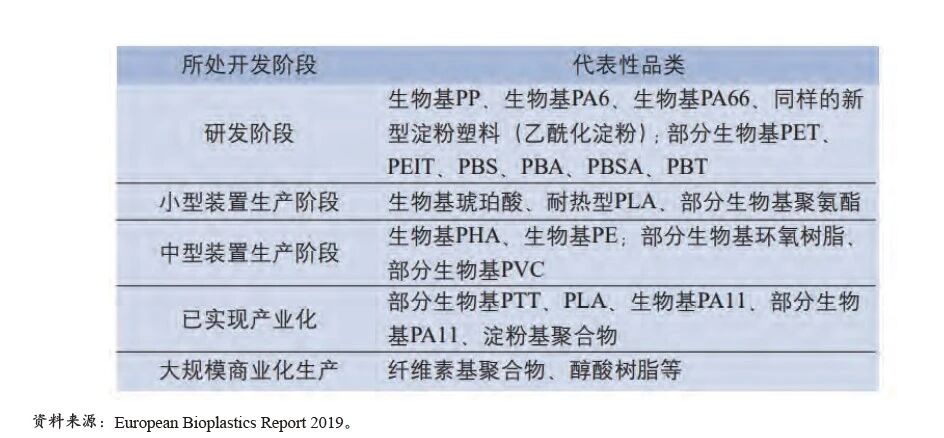
The current development status of various emerging biobased polymer product categories
